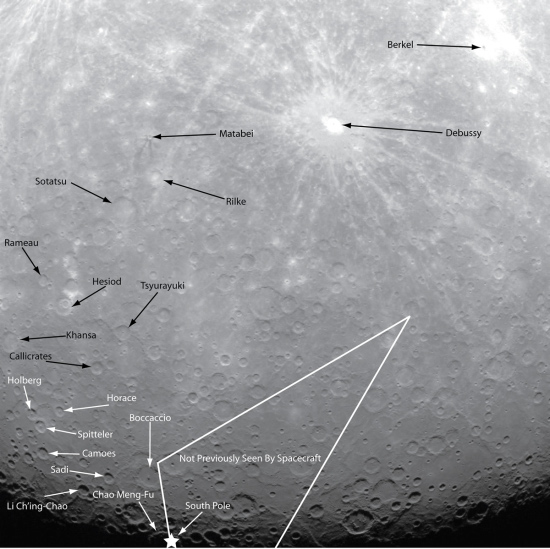Going Broke: Treasury Down to $58.6B in Cash, $130.5B Borrowing Authority
The reckoning is about to arrive: The federal treasury is down to $58.6 billion in cash with only $130.5 billion in borrowing authority.
Meanwhile former Democratic operative George Stephanopoulos reports that a tentative deal between the parties in Congress will finalize the cuts from last year’s budget at $33 billion.
As I said, the reckoning is about to arrive.
The reckoning is about to arrive: The federal treasury is down to $58.6 billion in cash with only $130.5 billion in borrowing authority.
Meanwhile former Democratic operative George Stephanopoulos reports that a tentative deal between the parties in Congress will finalize the cuts from last year’s budget at $33 billion.
As I said, the reckoning is about to arrive.




